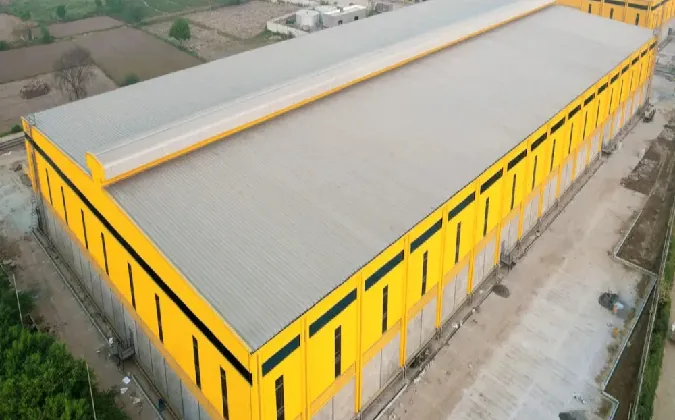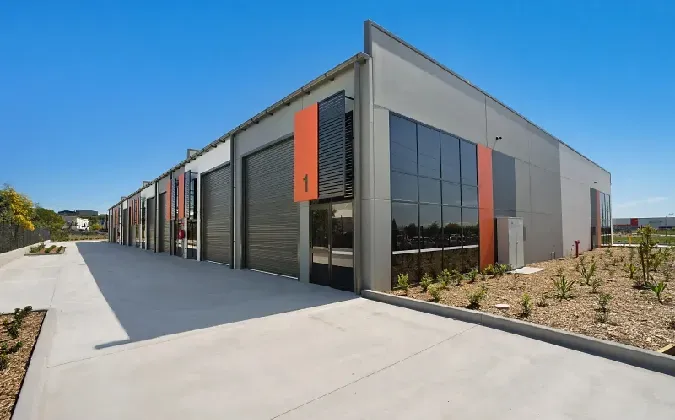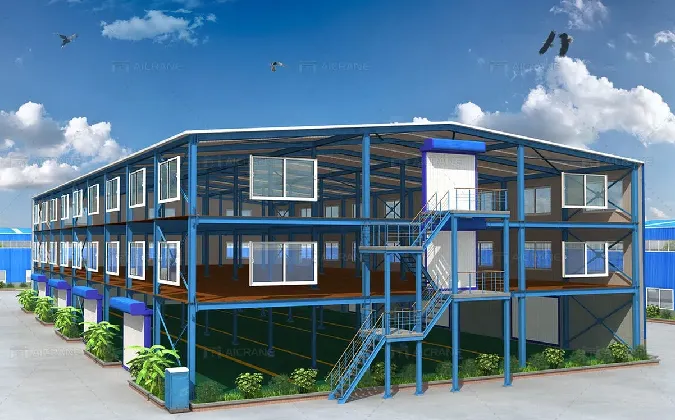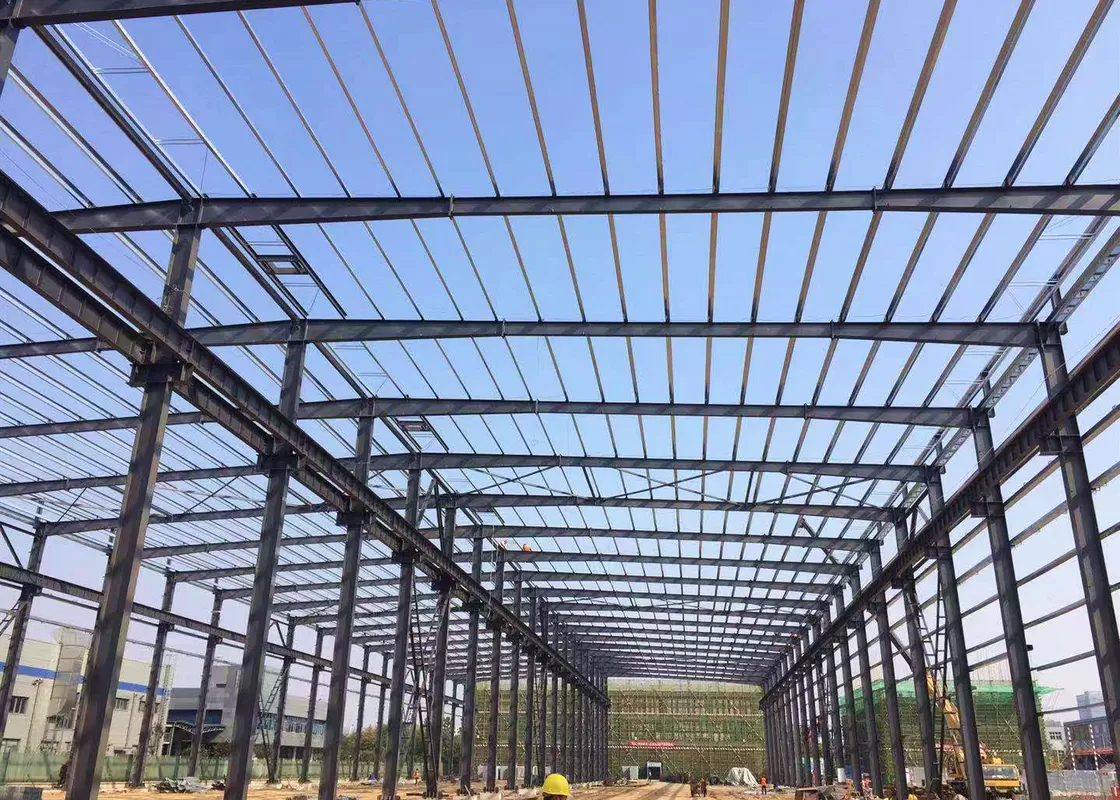- Afrikaans
- Albanian
- Amharic
- Arabic
- Armenian
- Azerbaijani
- Basque
- Belarusian
- Bengali
- Bosnian
- Bulgarian
- Catalan
- Cebuano
- Corsican
- Croatian
- Czech
- Danish
- Dutch
- English
- Esperanto
- Estonian
- Finnish
- French
- Frisian
- Galician
- Georgian
- German
- Greek
- Gujarati
- Haitian Creole
- hausa
- hawaiian
- Hebrew
- Hindi
- Miao
- Hungarian
- Icelandic
- igbo
- Indonesian
- irish
- Italian
- Japanese
- Javanese
- Kannada
- kazakh
- Khmer
- Rwandese
- Korean
- Kurdish
- Kyrgyz
- Lao
- Latin
- Latvian
- Lithuanian
- Luxembourgish
- Macedonian
- Malgashi
- Malay
- Malayalam
- Maltese
- Maori
- Marathi
- Mongolian
- Myanmar
- Nepali
- Norwegian
- Norwegian
- Occitan
- Pashto
- Persian
- Polish
- Portuguese
- Punjabi
- Romanian
- Russian
- Samoan
- Scottish Gaelic
- Serbian
- Sesotho
- Shona
- Sindhi
- Sinhala
- Slovak
- Slovenian
- Somali
- Spanish
- Sundanese
- Swahili
- Swedish
- Tagalog
- Tajik
- Tamil
- Tatar
- Telugu
- Thai
- Turkish
- Turkmen
- Ukrainian
- Urdu
- Uighur
- Uzbek
- Vietnamese
- Welsh
- Bantu
- Yiddish
- Yoruba
- Zulu
Th9 . 21, 2024 14:47 Back to list
The Rise of Prefab Retail Buildings Efficiency Meets Aesthetics
In today's fast-paced commercial environment, businesses are continually looking for ways to streamline operations while also creating appealing spaces that attract customers. One solution that has gained significant traction in recent years is prefab retail buildings. These structures, crafted from pre-engineered components, are revolutionizing the retail landscape, offering significant advantages in efficiency, cost-effectiveness, and design flexibility.
Prefab retail buildings are constructed using factory-produced materials, which are then transported to the site for assembly. This method drastically reduces construction time compared to traditional building approaches. In many cases, businesses can transition from concept to operation in a matter of weeks, allowing them to seize market opportunities swiftly. This speed is particularly beneficial for retailers wanting to capitalize on seasonal sales or new product launches.
Cost efficiency is another compelling reason why retailers are gravitating toward prefab buildings. The streamlined construction process minimizes labor costs, while reduced on-site work can lower the risk of weather-related delays and associated expenses. Furthermore, many prefab buildings utilize sustainable materials and energy-efficient designs. This not only caters to increasingly eco-conscious consumers but can also result in significant savings on utility bills over time.
prefab retail building

Aesthetics are equally important in attracting customers, and prefab retail buildings can be highly customized to fit a brand's unique identity. Modern technology allows for a wide array of design options, enabling retailers to choose colors, materials, and layouts that resonate with their target audience. As a result, a prefab building can be both functional and visually appealing, enhancing the overall shopping experience.
Another notable advantage of prefab retail buildings is their scalability. Whether a small boutique or a large franchise outlet, retailers can easily adapt their space as their business grows. Modular designs allow for expansions and modifications without the need for extensive renovations, offering businesses the flexibility to respond to changing market demands.
Moreover, the use of prefab buildings aligns with the modern emphasis on sustainability. Many manufacturers focus on energy-efficient materials and environmentally friendly practices. This not only helps businesses meet regulatory standards but also attracts environmentally conscious consumers who prefer to support brands with sustainable practices.
In summary, prefab retail buildings represent a paradigm shift in how businesses construct their commercial spaces. By offering reduced construction times, cost savings, aesthetic versatility, and scalability, these structures are becoming the preferred choice for many retailers. As the retail landscape continues to evolve, embracing innovative solutions like prefab buildings will help businesses stay competitive and relevant in an increasingly demanding market. With the right prefab solution, retailers can build not just a store, but a distinctive brand presence that invites customers and fosters loyalty.
-
The Strength and Versatility of Industrial Metal Infrastructure
NewsAug.05,2025
-
The Landscape of Industrial Fabrication: Steel and Metal Factory Infrastructure
NewsAug.05,2025
-
Innovative Solutions for Industrial and Storage Spaces: Metal Building Garages and Workshops
NewsAug.05,2025
-
Evaluating Expenditures for Prefabricated Warehouse Structures
NewsAug.05,2025
-
Diverse Solutions for Industrial Spaces: Metal Workshop Buildings
NewsAug.05,2025
-
Analyzing Costs and Solutions in Industrial Steel Construction
NewsAug.05,2025
Products categories
Our Latest News
We have a professional design team and an excellent production and construction team.











